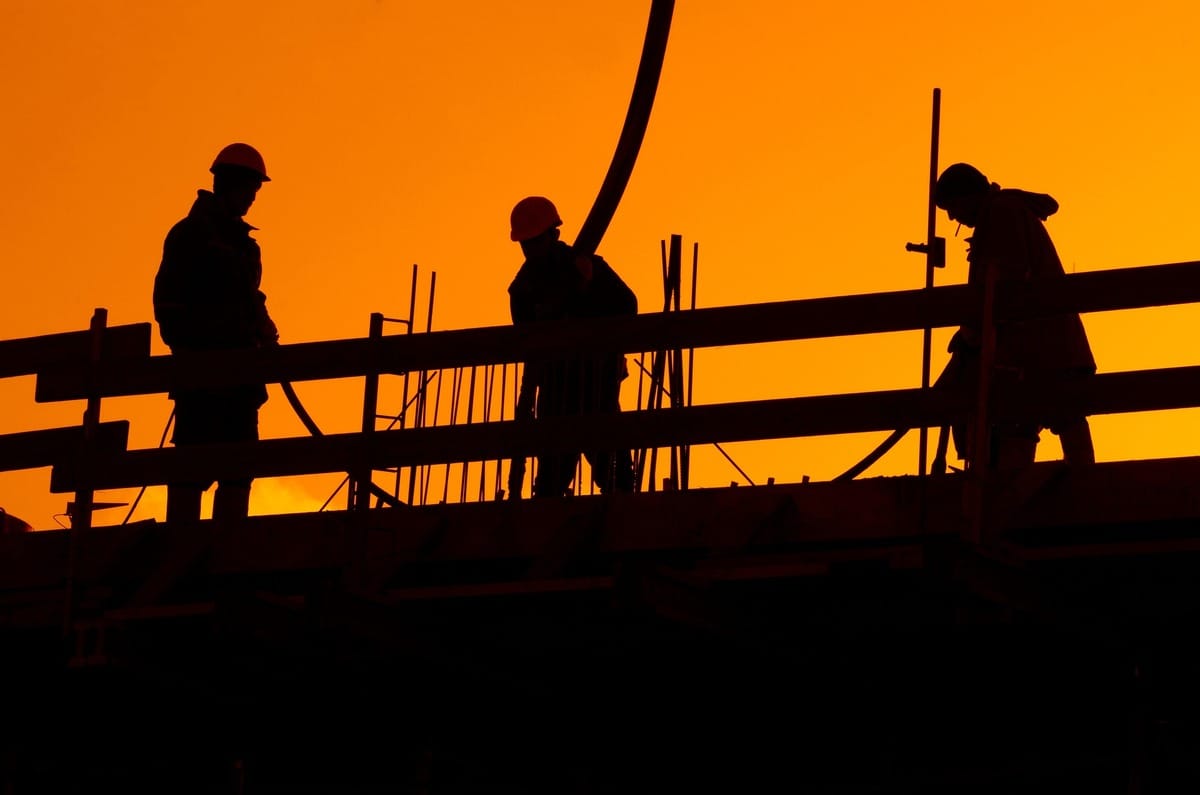- Full Brim Safety
- Posts
- Competent Person vs. Qualified Person
Competent Person vs. Qualified Person
Full Brim Safety: Build Smart, Build Safe

Competent Person vs. Qualified Person
Welcome back, let's Build Smart & Build Safe! Yesterday, we discussed the strength requirements for fall protection anchors. Today, we're focusing on the people responsible for ensuring those anchors are safe: the Competent Person and the Qualified Person.
Understanding the difference between these two roles is absolutely critical, as only one has the authority to design a non-standard anchor, and only one has the authority to inspect it daily.
Competent Person (The Inspector)
The Competent Person is the worker who has sufficient experience, training, and knowledge to identify existing and predictable hazards in the surroundings or working conditions which are unsanitary, hazardous, or dangerous to employees, and who has authorization to take prompt corrective measures to eliminate them.
When it comes to anchor points, the Competent Person is responsible for:
Daily Inspection: Inspecting all existing anchors, lanyards, and harnesses before each shift for visible damage, wear, or incorrect installation.
Approving Job-Made Anchors: Authorizing the use of a standard job-made anchor (like a piece of structural steel) only if they are confident it meets the 5,000-lb requirement and is suitable for the fall protection system.
Immediate Action: Removing any damaged or non-compliant anchor point from service immediately.
Qualified Person (The Designer/Certifier)
The Qualified Person is a person who, by possession of a recognized degree, certificate, or professional standing, or who by extensive knowledge, training, and experience, has successfully demonstrated the ability to solve or resolve problems relating to the subject matter, the work, or the project. This person is typically an engineer or a certified professional.
When it comes to anchor points, the Qualified Person is the only one authorized to:
Design & Certify: Design, approve, and oversee the installation of non-standard or engineered anchor points that rely on structural analysis (like anchors designed using the 2:1 safety factor instead of the 5,000-lb rule).
Re-certify: Periodically inspect and re-certify permanent or engineered anchor systems to ensure they still meet the design loads.
The Core Difference
The Competent Person uses their knowledge and authority to inspect and correct daily hazards, while the Qualified Person uses their engineering credentials to design and certify systems. The Competent Person ensures an existing anchor is safe to use today; the Qualified Person ensures the anchor was built safely in the first place.
Tomorrow, we'll dive into the specifics of temporary anchor devices.
Please share us with your friends for a daily dose of construction safety tips!
-The Safety Man
